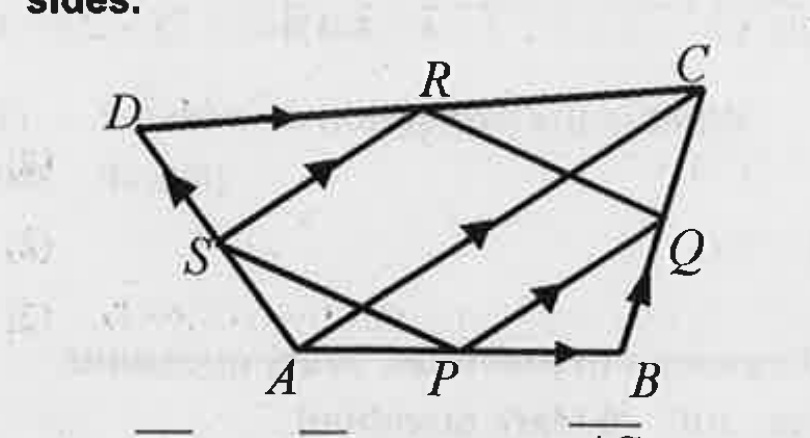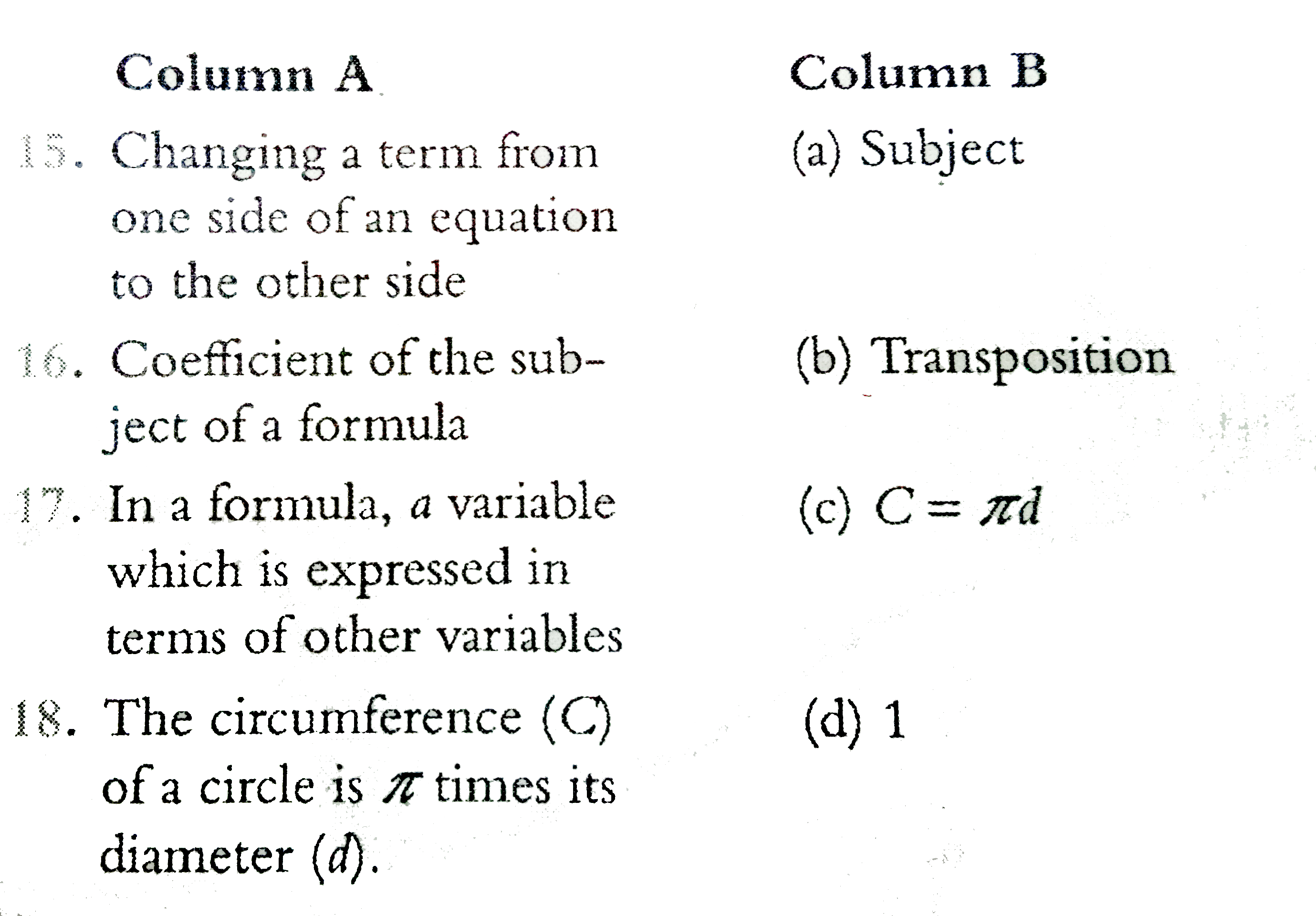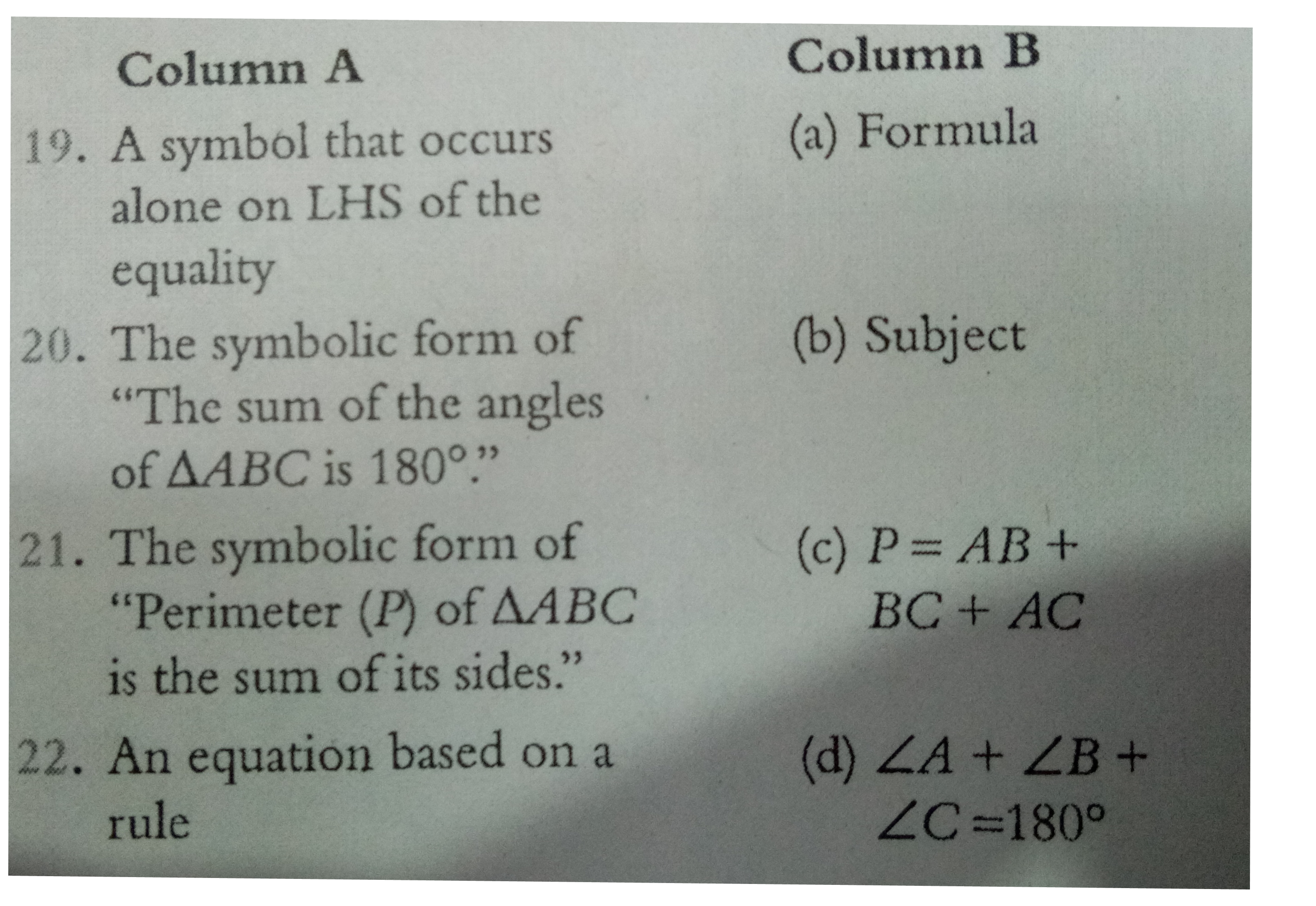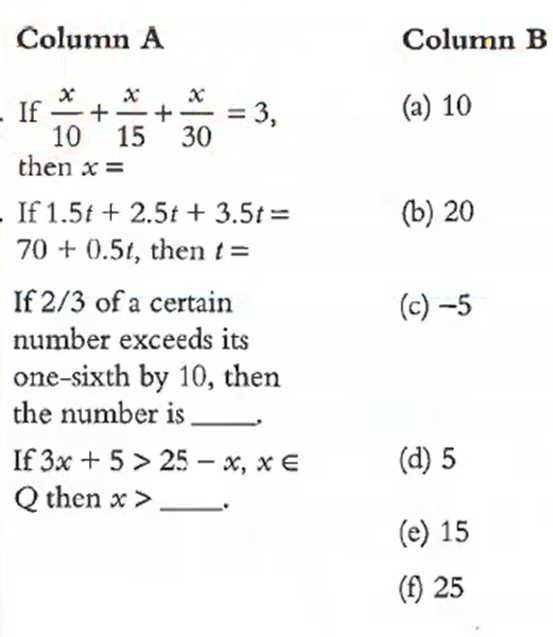Consider the following quadrilateral ABCD in which P,Q,R,S are the mid points of the sides.
If →a is any vector, prove that →a=(→a⋅i)i+(→a⋅j)j+(→a⋅k)k.
 Solution in Malayalam
Solution in Malayalam
Step by step video & image solution for Consider the following quadrilateral ABCD in which P,Q,R,S are the mid points of the sides. If veca is any vector, prove that veca=(veca*i)i+(veca*j)j+(veca*k)k. by Maths experts to help you in doubts & scoring excellent marks in Class 12 exams.
Updated on:21/07/2023Topper's Solved these Questions
Similar Questions
If →a and →b are unit vectors inclined at an angle θ,then prove that sin(θ2)=12∣∣→a−→b∣∣
View SolutionFind the shortest distance between the lines l1 and l2 ¯r=ˆi+ˆj+λ(2ˆi−ˆj+k) and
¯r=2ˆi+ˆj−ˆk+μ⋅(3ˆi−5ˆj+2ˆk)
View SolutionWhich of the following are correct chain isomers of butane ? (i)
View SolutionDetermine the point of symmetry of a regular hexagon.
View SolutionMatch the following Column A to Column B

View SolutionMatch the following Column A to Column B

View SolutionMatch the following Column A to Column B

View SolutionThe inequation represented by the graph given below is :
View SolutionThe inequation that best describes the graph given below is _________
View SolutionThe inequation that best describes the following graph is _________
View SolutionFigure shows three vectors →a,→b and →c. If ¯¯¯¯¯¯RQ=2¯¯¯¯¯¯PR, which of the following relation is correct :-
ltimg src="https://d10lpgp6xz60nq.cloudfront.net/physics_images/ALN_PHY_R01_E02_013_Q01.png" width="80%"gt
View SolutionIf →a=5ˆi−ˆj−3ˆk and →b=ˆi+3ˆj−5ˆk, show that →a+→b and →a−→b are perpendicular to each other.
View SolutionIf →a=5ˆi−ˆj−3ˆkand →b=ˆi+3ˆj−5ˆkthen show that the vectors →a+→band →a−→bare perpendicular.
View SolutionFind a unit vector perpendicular to each of the vectors (→a+→b)and (→a−→b), where →a=ˆi+ˆj+ˆk,→b=ˆi+2ˆj+3ˆk.
View SolutionConsider the following quadrilateral ABCD in which P,Q,R,S are the mid points of the sides.
If →a is any vector, prove that →a=(→a⋅i)i+(→a⋅j)j+(→a⋅k)k.

View SolutionIf →a=i−j+k and →b=2i−2j−k. What is the projection of →a on →b?
View Solution
